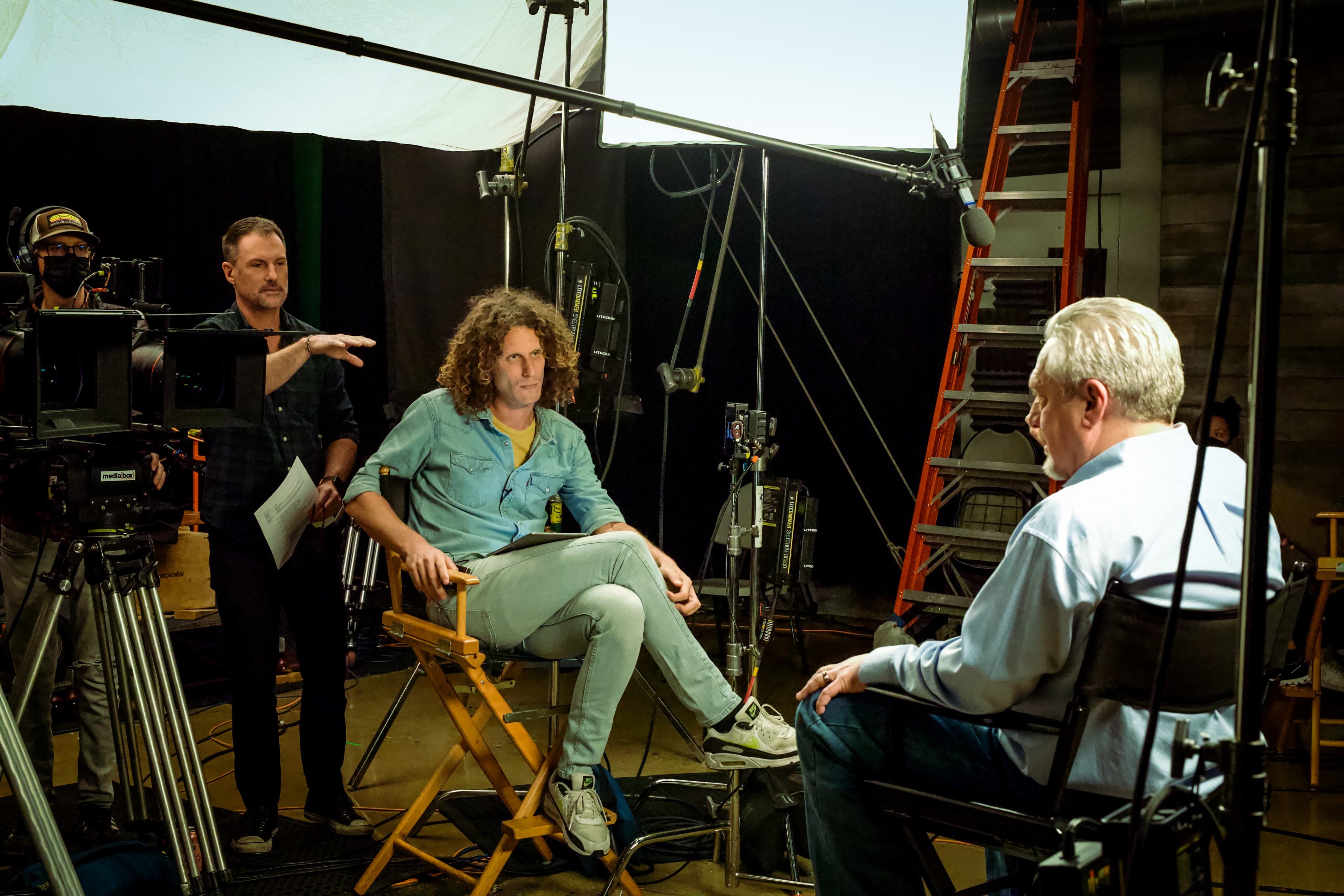People learn best from one another by actively engaging in sensitive dialogues and listening to different perspectives, even if they have different backgrounds and beliefs. Yet many organizations struggle with implementing diversity programs that successfully affect behavioral change and increase shareholder value. Research has shown that compulsory diversity training sometimes does more harm than good, resulting in hostility and resistance toward opposing views.
Today, diversity training requires a more holistic, interconnected and intimate approach. A Seat at the Table, the award-winning flagship Cornerstone Original learning series, takes this to a new level by bringing in real people to spotlight new perspectives rarely represented in any diversity training.
By contextualizing the lived experience of others through conversational learning, managers can better understand how to build more inclusive cultures where everyone feels welcome.
With A Seat at the Table, organizations can build a learning culture that treats diversity, equity, inclusion and belonging (DEIB) as a professional skill through the series’ unscripted, honest and respectful discussions. These courses help you put the learning into practice, facilitate self-directed learning and guide your managers through DEIB conversations safely and effectively. You can encourage employee engagement while mitigating discriminatory behavior at your organization with A Seat at the Table.

The unscripted format demonstrates how workplaces can unite employees positively to respect and celebrate their differences. To put learning into practice, each course is accompanied by learning activation materials that help managers professionally facilitate these vulnerable conversations, not if but when they arise.
Each A Seat at the Table course opens with 1:1 interviews of the participants, then transitions into a group conversation and closes with takeaways from everyone. Season 1 of the series collected four Telly Awards last year and included topics on Asian stereotypes, disability, depression, BLM, ageism, transphobia and more. In season 2, courses will cover eight new conversations on antisemitism, imposter syndrome, neurodiversity, non-native English speakers, addiction, wearing hijabs (Islamophobia), code-switching and LGBTQ+ pride.
When people voluntarily look beyond their worldviews, they can gain wisdom and insight into the personal experiences of others and break barriers. That’s how empathy is born. And that gained compassion makes people better leaders, employees, family members and friends.
When individuals take charge of their own learning initiatives, that can lead to more desirable and long-lasting outcomes. Employees aren’t just checking off all the mandatory boxes. They’re deliberately searching for knowledge on their own. A Seat at the Table serves as the connective glue that binds multiple methods of traditional diversity training together and provides the context your organization needs to fuel self-directed learning.

While the purpose of DEIB training is to combat discrimination and prejudice, it can often include unintended, negative messaging. Examples include threatening employees with non-compliance punishments and alarming managers with stories of costly legal settlements.
So how can organizations de-escalate discussions about politics, race, religion and rights at work? The key to addressing disagreement and discord in the office is to engage in honest, meaningful conversations that matter. Relevant experiences and relatable situations help us focus on people and not politics. If we listen to understand one another, we can start finding common ground.
Each A Seat at the Table course features real working professionals’ perspectives having deep, inspiring conversations with others impacted by sensitive social issues. With them in your content library, you can help your people build better connections by modeling thought-compelling dialogue designed to help your managers tackle these touchy topics and demonstrate their unyielding commitment to DEIB.
Together, you and your people can weave empathy throughout the fabric of any organization. Conversational learning can help cultivate a culture of belonging for everyone, where every employee feels safe, seen, heard, understood and respected.
If you’re interested in learning more about how A Seat at the Table and our broader content offerings can support your self-directed diversity efforts with thoughtful conversations, reach out. We’re happy to help.


